
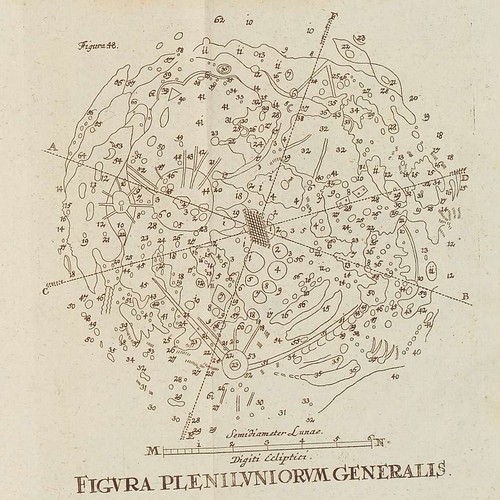


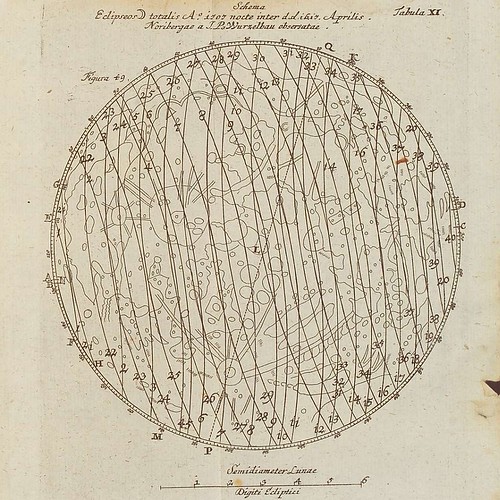

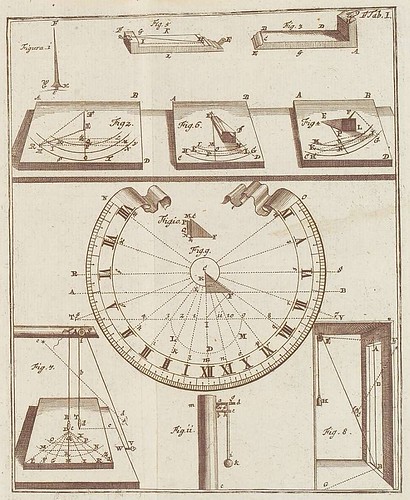
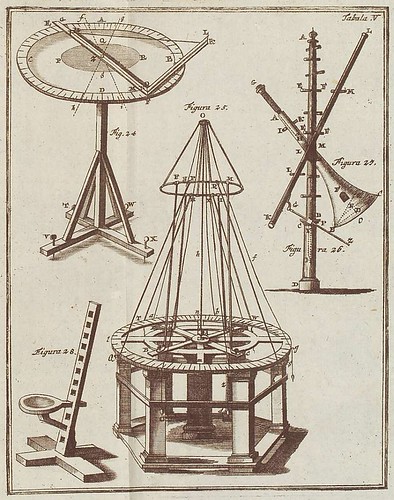
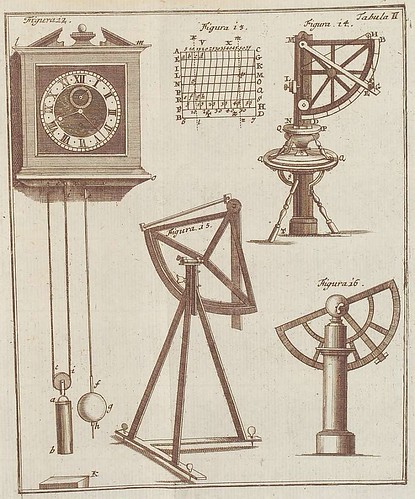

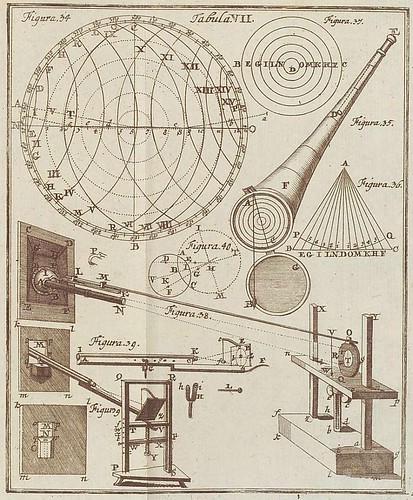
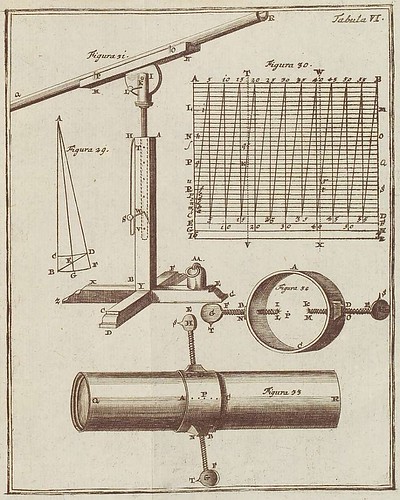
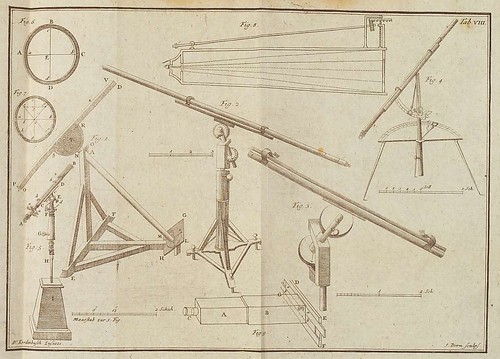
Johann Leonhard Rost (1688-1727) published the first practical astronomy text in Germany in 1718. It might also be described as the first ever German book devoted to astronomy, as the (very few) earlier works were either translations or simply chapters in larger publications.
Rost obtained a clandestine income from writing romance novels under a pseudonym (Meletaon) and studied his beloved astronomy in Altdorf, Leipzig and Jena. He was to become an assistant at the observatory in his birth town of Nuremberg, initially under its founder, Georg Eimmart, and later under Johann von Wurzelbau; but Rost made significant astronomical observations of his own and many of his findings appeared in scientific publications.
'Astronomisches Handbuch' from 1718 is online at Wolfenbütteler Digitale Bibliothek. The bulk of the illustrations appear above and they mostly pertain to the art of selenography (moon mapping) - I believe Rost's most significant observations related to solar and lunar appearances during eclipses and with the effects of the Northern Lights.
The coloured dual-image above comes from Rost's other main astronomical book, 'Atlas Portatilis Coelestis' (1723), available from the Linda Hall Library of Science, Engineering & Technology. The zodiac plates are based on the constellation arrangements of Johannes Hevelius (who was, incidentally, also the 'father' of moon mapping).
- There is a long biography of Rost (in German) at Pierre Marteau's Publishing House in Cologne (resources section). [translation]
- A shorter biography at the Astronomie in Nürnberg portal [translation]
- Johann Rost has a moon crater named after him (looks more like a series of them): the-moon wikispaces/map/photo.




No comments:
Post a Comment